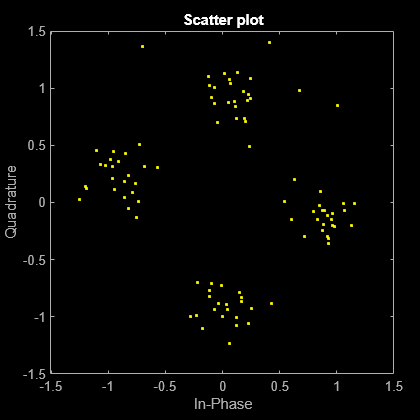wlanVHTSIGARecover
Recover bits from VHT-SIG-A field
Syntax
Description
recBits = wlanVHTSIGARecover(rxSig,chEst,noiseVarEst,cbw,Name=Value)
Examples
Input Arguments
Name-Value Arguments
Output Arguments
More About
Algorithms
References
[1] IEEE Std 802.11ac™-2013 IEEE Standard for Information technology — Telecommunications and information exchange between systems — Local and metropolitan area networks — Specific requirements — Part 11: Wireless LAN Medium Access Control (MAC) and Physical Layer (PHY) Specifications — Amendment 4: Enhancements for Very High Throughput for Operation in Bands below 6 GHz.
[2] Perahia, E., and R. Stacey. Next Generation Wireless LANs: 802.11n and 802.11ac . 2nd Edition, United Kingdom: Cambridge University Press, 2013.
Extended Capabilities
Version History
Introduced in R2015bSee Also
wlanVHTSIGA | wlanLLTF | wlanLLTFDemodulate | wlanLLTFChannelEstimate | wlanVHTSIGBRecover
1 IEEE® Std 802.11ac-2013 Adapted and reprinted with permission from IEEE. Copyright IEEE 2013. All rights reserved.
